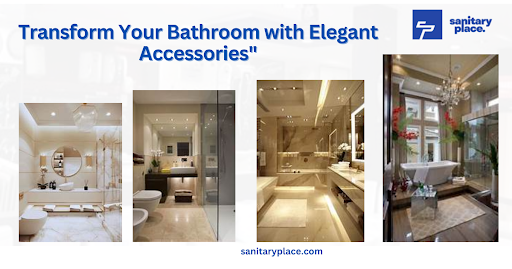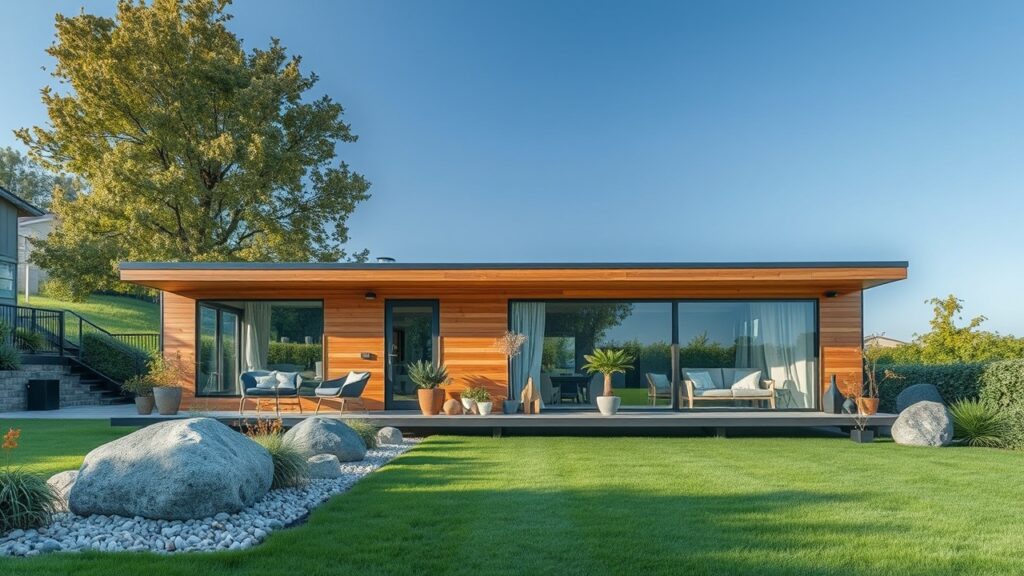In recent years, the concept of smart homes has evolved from a futuristic dream to an attainable reality, revolutionizing the way people interact with their living spaces. The integration of advanced technologies with modern architecture has not only enhanced convenience and security but also redefined comfort and sustainability in residential design. Smart homes offer a seamless blend of functionality and innovation, providing residents with an enhanced living experience that was once unimaginable. This article explores the intersection of architecture and technology in smart homes, highlighting the benefits, challenges, and the role of innovative tools like floor plan makers in designing these intelligent spaces.
The Evolution of Smart Homes
The journey of smart homes began with the advent of automation technologies, initially focused on individual devices such as thermostats, lighting, and security systems. Over time, these technologies have become more sophisticated and interconnected, leading to the creation of fully integrated smart home ecosystems. Today, smart homes leverage Internet of Things (IoT) devices, artificial intelligence, and data analytics to create environments that respond dynamically to the needs and preferences of their inhabitants.
The architecture of smart homes is characterized by the seamless incorporation of technology into the design and construction process. This includes the integration of sensors, smart appliances, and energy management systems, all of which work together to optimize the home’s performance. The result is a living space that is not only efficient and sustainable but also adaptable to the evolving needs of its residents.
Enhancing Daily Living through Automation
One of the most significant advantages of smart homes is the enhancement of daily living through automation. Smart homes are designed to anticipate and respond to the needs of their occupants, providing a level of convenience that traditional homes cannot match. For instance, smart lighting systems can automatically adjust brightness and color temperature based on the time of day, while smart thermostats can learn the preferred temperature settings of the residents and adjust accordingly.
In addition to comfort, smart homes also offer enhanced security features. Smart locks, cameras, and motion sensors provide real-time monitoring and alerts, allowing homeowners to keep an eye on their property from anywhere in the world. Moreover, integration with voice-activated assistants like Amazon Alexa and Google Assistant allows for hands-free control of various home functions, making everyday tasks more manageable and efficient.
Sustainable Living through Smart Technology
Sustainability is a key focus in the design of smart homes, as these systems aim to reduce energy consumption and minimize the environmental impact of residential living. Smart homes achieve this through various means, such as energy-efficient appliances, automated lighting, and advanced climate control systems. For instance, smart thermostats can optimize heating and cooling by learning the habits of the occupants and adjusting settings accordingly, thereby reducing energy usage.
Furthermore, smart homes can integrate renewable energy sources, such as solar panels, to further enhance their sustainability. Energy management systems can monitor energy consumption patterns and adjust the distribution of power to ensure that resources are used efficiently. This not only reduces the overall carbon footprint of the home but also results in significant cost savings for the residents.
Designing Smart Homes with Floor Plan Makers
The design of smart homes requires a careful consideration of both technological and architectural elements. This is where floor plan makers come into play, serving as essential tools for architects, designers, and homeowners alike. A floor plan maker is a digital tool that allows users to create detailed and precise floor plans, incorporating various elements such as room dimensions, furniture placement, and even wiring for smart devices.
These tools are invaluable in the design of smart homes because they enable a holistic approach to space planning. By visualizing how different elements will interact within the home, designers can ensure that the integration of smart technologies is both functional and aesthetically pleasing. For instance, floor plan makers can be used to plan the optimal placement of sensors, smart lighting, and other connected devices, ensuring that they are both effective and unobtrusive.
Moreover, floor plan makers often come with features that allow for the simulation of smart home scenarios. Designers can test how different layouts and configurations will impact the flow of the home, as well as the effectiveness of the smart systems. This level of planning is crucial in creating a seamless and intuitive living experience for the residents.
Challenges and Considerations in Smart Home Design
While the benefits of smart homes are numerous, there are also several challenges that must be addressed in their design and implementation. One of the primary concerns is the issue of privacy and data security. As smart homes rely on the collection and analysis of data to function, there is an inherent risk of sensitive information being exposed or misused. Designers and developers must prioritize security measures, such as encryption and secure data storage, to protect the privacy of the occupants.
Another challenge is the complexity of integrating multiple smart devices from different manufacturers. The lack of standardization in the industry can lead to compatibility issues, making it difficult for homeowners to achieve a truly unified smart home ecosystem. To overcome this, designers must carefully select compatible devices and platforms, ensuring that they can communicate and operate seamlessly with one another.
Finally, the cost of smart home technology can be prohibitive for some homeowners. While prices have decreased over time, the initial investment in smart devices and systems can still be significant. However, this cost is often offset by the long-term savings in energy efficiency and the added convenience of a fully automated home.
The Future of Smart Homes
As technology continues to advance, the capabilities of smart homes are expected to expand even further. Emerging technologies such as artificial intelligence, machine learning, and 5G connectivity will play a significant role in shaping the future of smart home design. These innovations will enable even greater levels of automation, personalization, and energy efficiency, creating living spaces that are more attuned to the needs and desires of their inhabitants.
Additionally, the concept of smart communities is beginning to take shape, with entire neighborhoods being designed with smart technologies in mind. These communities will feature interconnected homes, shared resources, and integrated services, creating a holistic approach to smart living that extends beyond the individual household.
Conclusion
Smart homes represent the convergence of architecture and technology, offering a living experience that is more convenient, secure, and sustainable than ever before. By integrating advanced technologies into the design and construction of residential spaces, smart homes provide a level of comfort and functionality that was once the realm of science fiction. With tools like floor plan makers facilitating the design process, and ongoing advancements in technology, the future of smart homes is poised to transform the way we live, creating environments that are not only smart but truly intelligent.
The journey toward widespread adoption of smart homes is still ongoing, but the potential benefits are undeniable. As more homeowners embrace this new way of living, the vision of a fully connected, automated, and sustainable home becomes increasingly attainable, setting the stage for a future where technology and architecture work hand in hand to enhance the quality of life for all.
Keep an eye for more news & updates on InternalInSider.Com!










